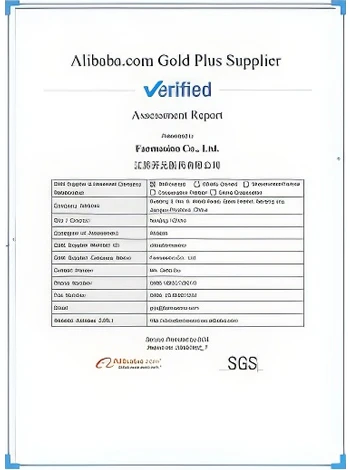



is sodium chlorite the same as bleach
Is Sodium Chlorite the Same as Bleach?
Sodium chlorite and bleach are often discussed in the context of disinfection and sanitation, leading many to wonder if they are the same substance
. While they share some similarities in their uses, they are distinct compounds with different chemical properties and applications.Sodium chlorite (NaClO2) is a chemical compound that belongs to a group of chlorinated compounds. It is primarily used as a bleaching agent and disinfectant, particularly in water treatment processes. When sodium chlorite is exposed to an acid or heat, it can release chlorine dioxide (ClO2), a powerful oxidizing agent. This property makes sodium chlorite effective in killing bacteria, viruses, and other pathogens, which is critical in various industrial and municipal water treatment applications.
On the other hand, bleach typically refers to sodium hypochlorite (NaClO) or calcium hypochlorite (Ca(ClO)2). Sodium hypochlorite is the active ingredient in household bleach, commonly found in cleaning products and disinfectants. It is well-known for its ability to whiten fabrics, sanitize surfaces, and remove stains. Bleach works by breaking down the chemical bonds in color molecules, thereby altering their appearance or rendering them colorless.
is sodium chlorite the same as bleach

While both sodium chlorite and bleach are effective disinfectants, their mechanisms of action differ. Sodium chlorite releases chlorine dioxide, which can penetrate cell walls and oxidize organic material, disrupting cellular functions. In contrast, bleach acts as a strong oxidizer, releasing hypochlorous acid when dissolved in water, which effectively destroys pathogens by damaging their cellular structure.
Safety is another critical factor when comparing these chemicals. Sodium chlorite, in its concentrated form, can be hazardous if not handled properly. It can cause irritation to the skin, eyes, and respiratory system, and proper protective equipment should be used when handling it. Similarly, bleach can also be corrosive and should be handled with care, as it can produce toxic fumes when mixed with certain substances, such as ammonia.
In conclusion, while sodium chlorite and bleach share some common usages as disinfectants and bleaching agents, they are not the same compound. Their different chemical compositions and modes of action lead to various applications and safety considerations. Understanding these differences is essential for effective and safe use in both industrial and household settings.
-
Why Sodium Persulfate Is Everywhere NowNewsJul.07,2025
-
Why Polyacrylamide Is in High DemandNewsJul.07,2025
-
Understanding Paint Chemicals and Their ApplicationsNewsJul.07,2025
-
Smart Use Of Mining ChemicalsNewsJul.07,2025
-
Practical Uses of Potassium MonopersulfateNewsJul.07,2025
-
Agrochemicals In Real FarmingNewsJul.07,2025
-
Sodium Chlorite Hot UsesNewsJul.01,2025










